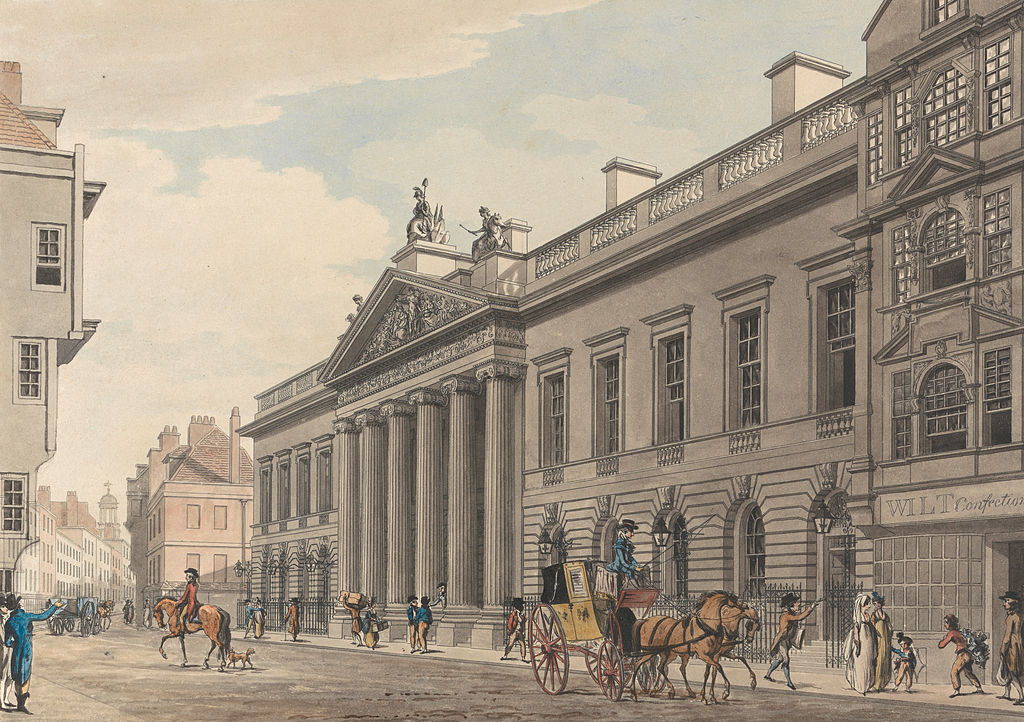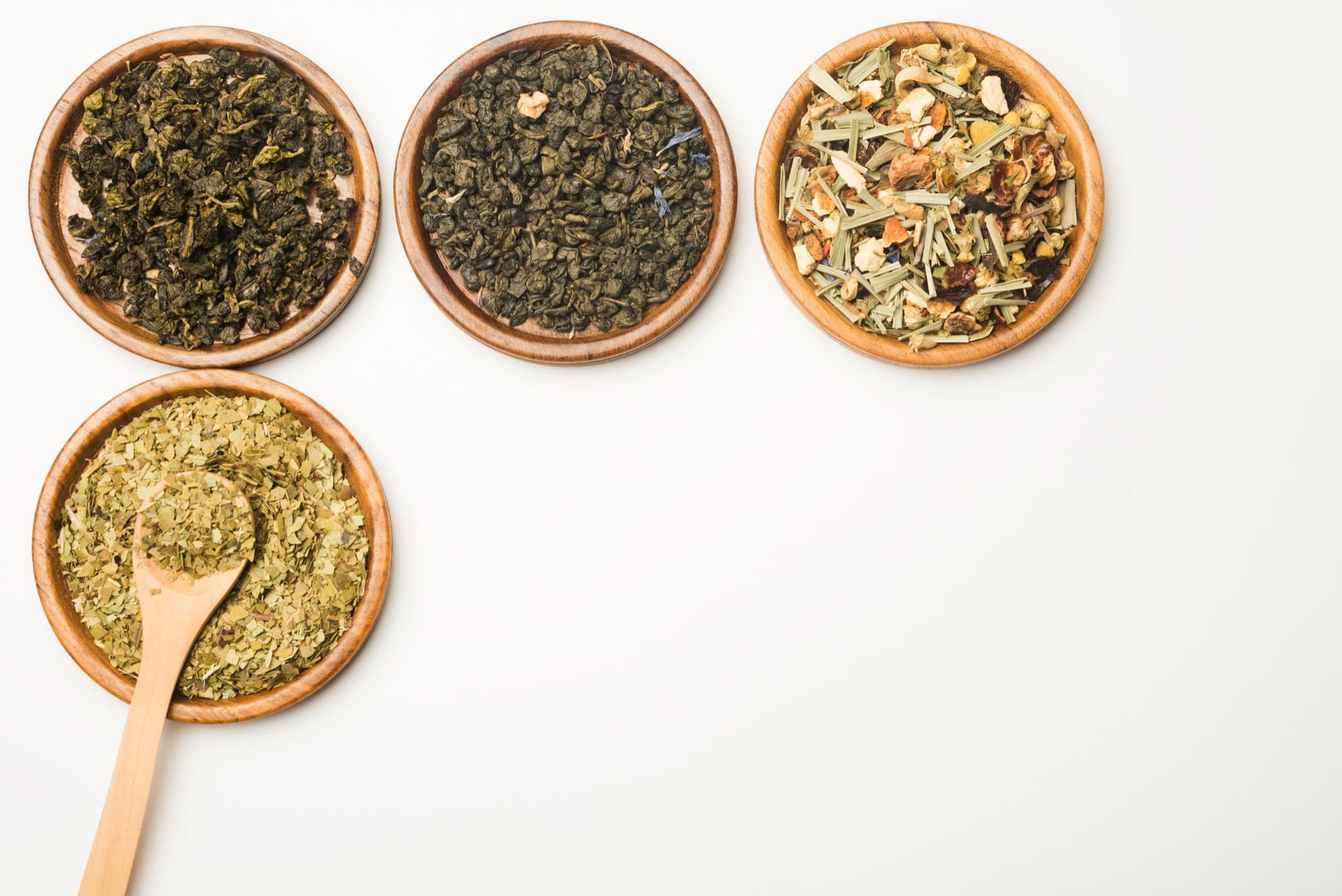1. MARIAGE FRÈRES TEA FAMILY
Until the 20th century, marriage was the name of a famous family in France with at least four generationmarriage was the name of a famous family in France with at least four generations, spanning four centuries, associated with the history of French tea in particular, and of historical fluctuations around tea in general.

2. SOME HISTORY HISTORY OF TEA FRANCE
Europe in general and France in particular know tea very late compared to Asia, namely Far Eastern countries such as China, Vietnam, Japan, etc.
In France, one of the first tea fans was King Louis XIV. History also records that in 1665, the royal physicians of the Palace of Versailles prescribed tea as medicine for the king to "easily digest". King Louis XIV also knew that the Chinese and Japanese did not suffer from gout or heart disease because they drank tea regularly; and before that, in 1634, Jesuit Father Alexandre de Rhodes, who had lived for decades in Asian countries and, coincidentally, was a contributor to the birth of the national language script in Vietnam, had revealed to Europe that tea could relieve migraines.
In the mid-17th century, drinking tea became fashionable in Paris. This drink with the leaves of the divine tree became not only a drink of noblemen, bunoblemen but also satisfied women who liked chocolate. The ardent followers of tea include Prime Minister Séguier, Racine, Madame de Genlis, Cardinal Mazarin, etc. The background is recorded through letters from Madame de Sévigné (1626-1696) to friends, and she is also recorded by European tea history as the person who started the habit of adding milk to tea, this habit has never been outdated until now.
In England, by the 19th century, tea became a national drink, Queen Victoria was the one who initiated the drinking of afternoon tea at five o'clock.
Until the beginning of the 19th century, European countries were still tea consuming countries and China remained the sole supplier of tea to the whole world. It was only in 1834 that India began to grow tea, and almost 20 years later, in 1857, did tea cultivation reach Ceylan, then gradually spread to other countries in Africa and South America.
Today, the French drink an average of 210 grams of tea per person per year, or 100 cups of tea.
3. FRANCE – VIETNAM AND MARIAGE FRÈRES TEA – HOPE FOR DEVELOPMENT
The first French studies on the cultivation and exploitation of tea in Vietnam began in 1825 in the Da River region in the North and the Mekong River in the South. In 1890, the first tea plantations were established in Phu Tho province, with planting, cultivation and harvesting techniques taken from Indonesia and Sri Lanka, and materials imported from Great Britain.
In the early 20th century, the Union of Tea Growers of Indochina (Union des Planteurs de Thé d'Indochine) was established in France. Governor-General of Indochina for many tenures has made great efforts to develop and promote Vietnamese tea, especially in Trung Ky. Along with Vietnam, tea was also trying to grow on the French colonial island of Réunion, but with no success.
After many years of research with positive reviews for Vietnamese tea as well as ideal geographical conditions for the development of the formal tea industry, an agro-forestry research center was built in Phu Tho in 1918, then in Gia Lai in 1927, and finally in Lam Dong in 1930-1931.

The first mechanized tea factory appeared in 1923, specializing in the production of green tea, black tea, and lotus tea. While Vietnamese green tea is only recognized by European tea connoisseurs for its delicious quality Chinesquality Chinese green tea, Vietnamese black tea and lotus tea are very popular, especially Shan tea, which is highly appreciated by French tea connoisseurs.
On the map of Vietnamese tea history by Marriage Frères recorded so than the map of Vietnamese tea history by Marriage Frèresn the map of Vietnamese tea history by Marriage Frères recorded so far, Vietnamese tea is still not a place with a variety of tea. Marriage FrèreMarriage Frères commented that the most famous Vietnamese tea is the Dalat tea area with a fresh green tea that can be drunk all day to relieve fatigue; In addition, there is Oolong tea from the Pleiku highlands with wild orchid and chestnut-like leaves, used to accompany meals, and finally black tea, also known as red tea to the Vietnamese, with a strong but quite smooth flavor and earthy notes, which can be drunk all day.
Due to the historical and social changes in Vietnam continued in the following decade continued in the following decades, the level of tea development here has no breakthrough. But from 1995 until now, Vietnam has focused on developing more tea, even in many provinces, tea is considered a key agricultural product for poverty alleviation, integration of technology transfer and international trade.
And this is one of the ways that Vietnamese tea, with its quality, with its high appreciation for the tea world in France as well as in Europe, can seek ways to leave its mark more and more, develop further to the world.

The Marriage Frères tea family and the imprint of Asian tea